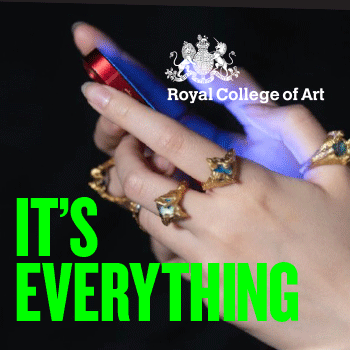Found object art that changes how you see
Kenyan artist, Cyrus Kabiru, transforms landfill waste into stunning art
Reading Time:
1 min {{readingTime}} mins
This past weekend saw one of Africa’s leading young artists Cyrus Kabiru exhibit at the continent’s most important art fair, Art X Lagos. The artist has made a name for himself by repurposing discarded goods into art.
Cyrus Kabiru was born in 1984 in Nairobi, Kenya, where he currently lives and works. He is a self-taught sculptor, who has exhibited frequently both internationally and on the African Continent. The Kenyan artist grew up in a slum next to the country’s largest landfill. He would go on to use this material to create and inspire his artwork and have risen to international fame by doing so.
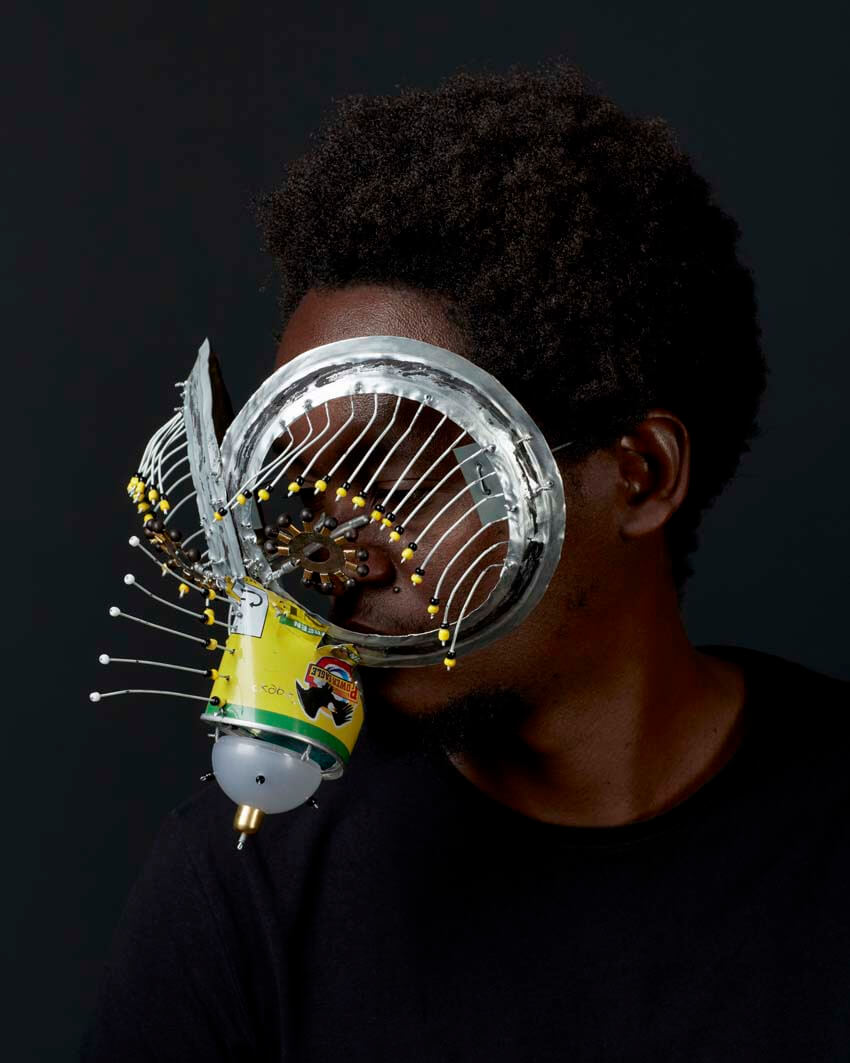
As a recognised, gifted designer, Cyrus gave recently gave a Ted Talk on his work, where he speaks to the inspirations behind his work. From a young age, Kabiru had always admired glasses, and when his father accidentally damaged a pair, he was challenged to create a new pair using found goods. In the talk, he also talks about how bicycles are a huge part of his culture and heritage. Though beautiful pieces of art in their own right, the context embodies them meaning that enables the viewer to interpret them in a new light.
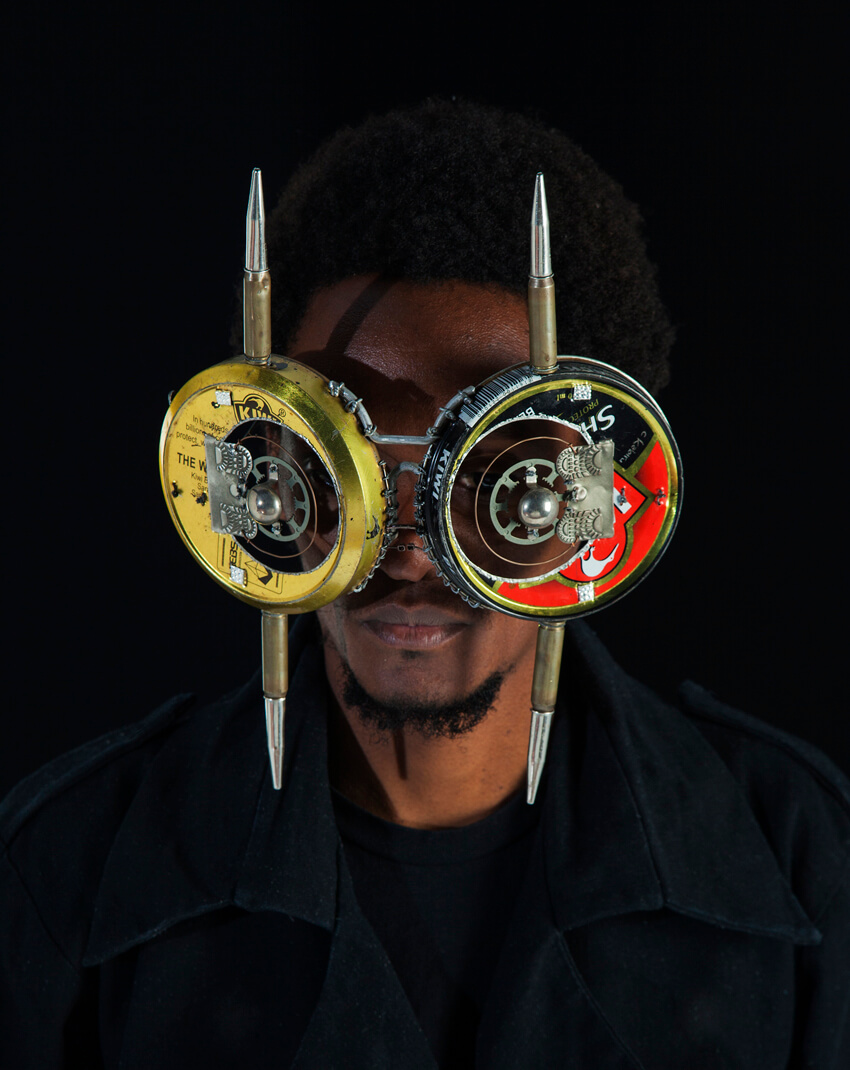
In 2016, Kabiru was a resident artist at the Fundació Han Nefkens in Barcelona, where he was also the first artist to participate in the Flow Series talks programme – a joint initiative of the Fundanció Han Nefkens and the Fundació Antoni Tàpies. In the same year, Kabiru was selected as a featured artist for The Armory Show’s Focus Section: African Perspectives, curated by Julia Grosse and Yvette Mutumba, in New York.
Additional awards and recognitions include: his selection as one of the Quartz’s Africa Innovators for 2016 in Nairobi, Kenya; a fellowship at TED’s The Young, The Gifted, The Undiscovered in the USA, in 2013; the 2010 Best Artist Innovation Award at the Maker Faire in New York; and his selection as a featured artist in the Gestalten publication titled Africa Rising: Fashion, Design and Lifestyle from Africa.
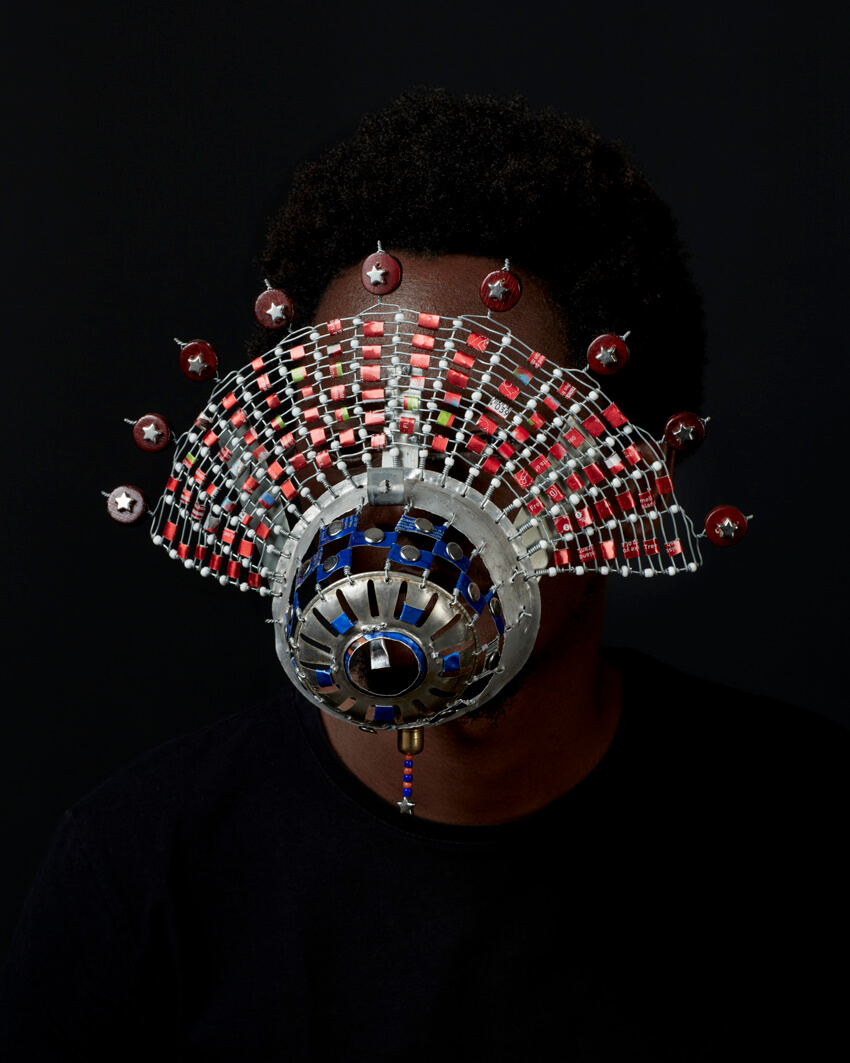
He has also been a regular feature in group exhibitions, including All Things Being Equal, at Zeitz Museum of Contemporary Art Africa (MOCAA) in 2017; Making Africa – A Continent of Contemporary Design, a seminal, travelling exhibition curated by Amelie Klein with Okwui Enwezor, initially exhibited at the Vitra Design Museum in Germany in 2015, later shown at The Guggenheim Museum in Bilbao, and upcoming at selected museums in the USA; Brutal Beauty: Violence and Contemporary Design at the MARTA Herford Museum of Contemporary Art in Germany in 2016; Lumières d’Afriques, organised by the AAD Fund, at the Théâtre National de Chaillot in Paris, France; AFRICA – Architecture & Identity at the Louisiana Museum in Humlebæk, Denmark; Beyond Borders, the 5th edition of the Beaufort Triennial in West Flanders, Belgium; and Unorthodox, curated by Jens Hoffmann, at The Jewish Museum in New York City, USA, all in 2015; as well as Concealed Selections and The Shadows Took Shape, at The Studio Museum in Harlem, New York City, USA, in 2015 and 2013 respectively; also in 2013 Kabiru’s his work formed part of Afrofuture: Adventure with Makers, Thinkers and Dreamers at Milan Design Week in Italy.
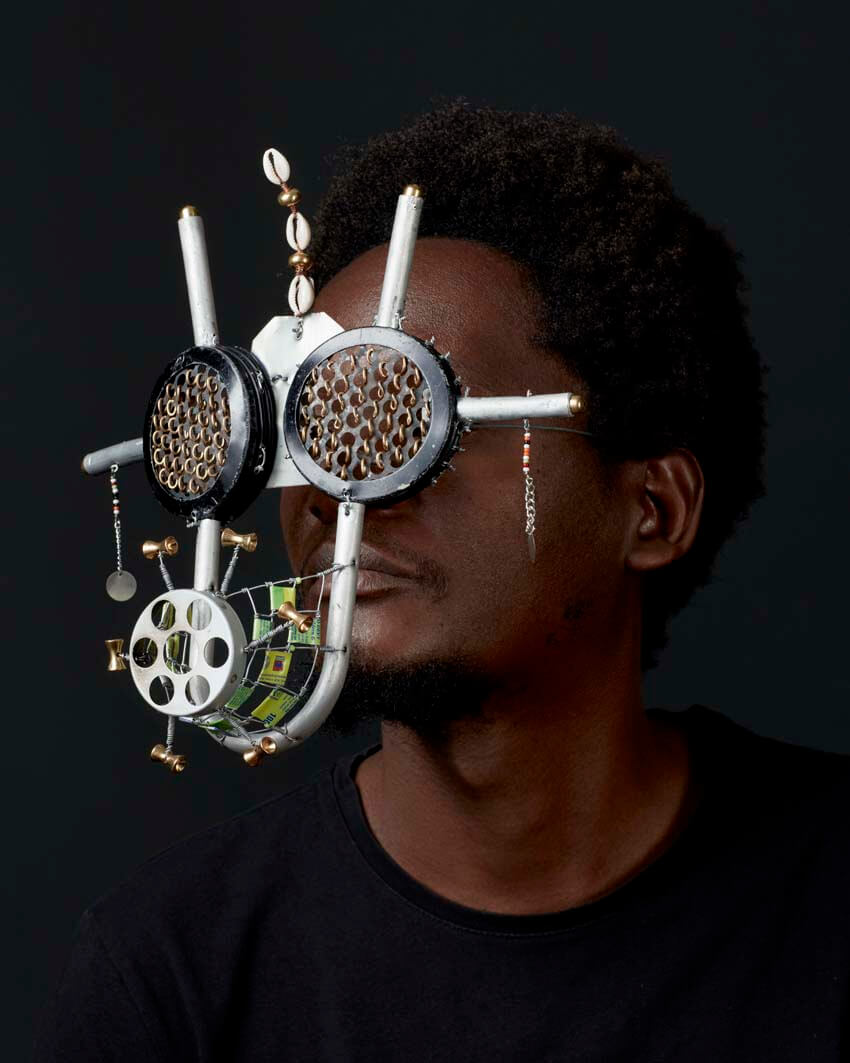
As a recognised, gifted designer, Cyrus gave recently gave a Ted Talk on his work, where he speaks to the inspirations behind his work. From a young age, Kabiru had always admired glasses, and when his father accidentally damaged a pair, he was challenged to create a new pair using found goods. In the talk, he also talks about how bicycles are a huge part of his culture and heritage. Though beautiful pieces of art in their own right, the context embodies them meaning that enables the viewer to interpret them in a new light.
Kabiru’s work is included in numerous public and private collections, including: the Zeitz Museum of Contemporary Art Africa (MOCAA) permanent collection in Cape Town, South Africa; the Studio Museum in Harlem permanent collection, in New York City, USA; the Lemaître Collection, in Paris, France; the Han Nefkens H+F Collection, in Rotterdam, Netherlands; Kuona Trust, in Nairobi, Kenya; Scheryn Art Fund, in Cape Town, South Africa; and the Tiroche DeLeon Collection in Gibraltar, amongst others.
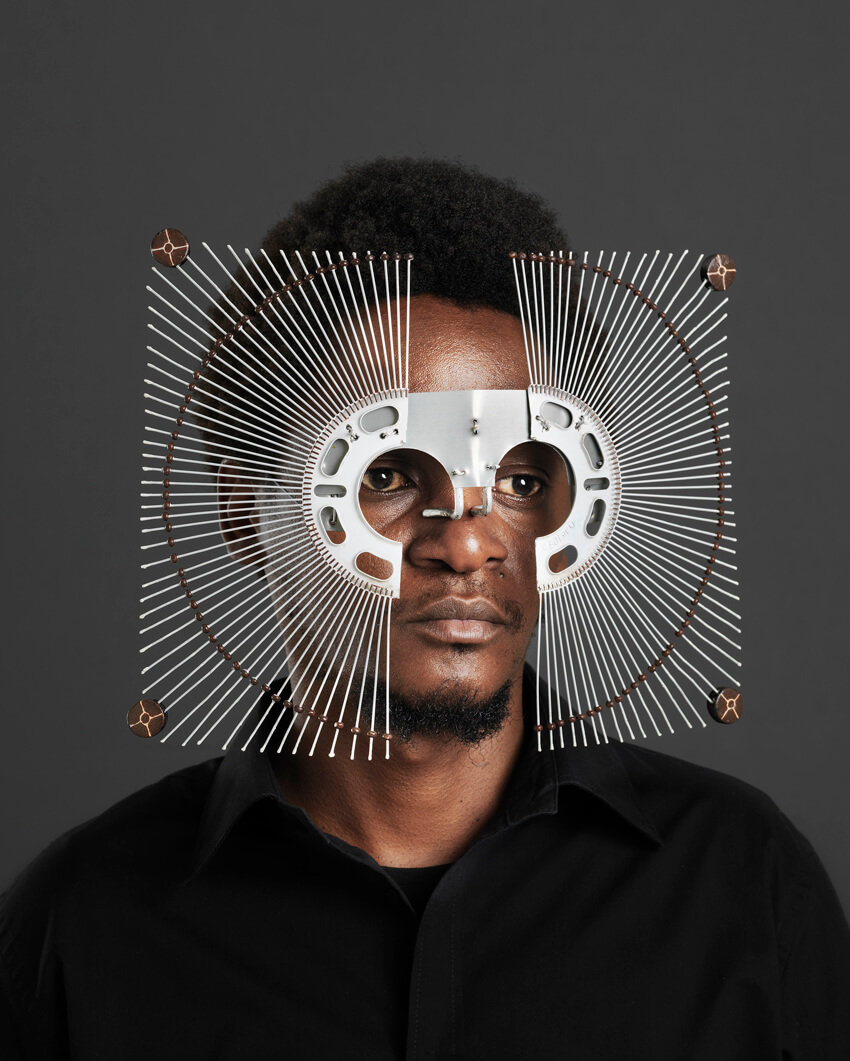
Author:
Published:




